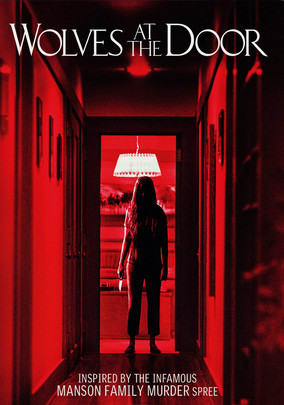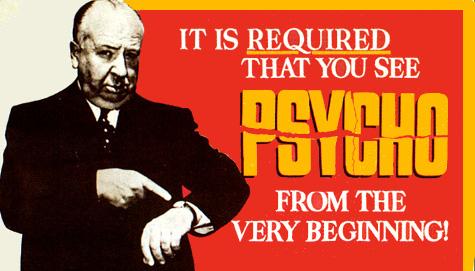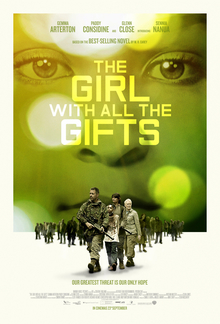I’m really not sure what to make of Wolves at the Door.
I knew the film was inspired by the crimes of Charles Manson and his family before I watched the film. Not only was Wolves at the Door specifically advertised as being “Inspired by The Infamous Manson Family Murder Spree” but just check out the plot description that was provided by Warner Bros:
Four friends gather at an elegant home during the Summer of Love, 1969. Unbeknownst to them, deadly visitors are waiting outside. What begins as a simple farewell party turns to a night of primal terror as the intruders stalk and torment the four, who struggle for their lives against what appears to be a senseless attack.
The Manson Family have inspired a countless number of films, so that’s not really an issue. Almost all of those films either presented Manson and his followers as being the epitome of evil or they told stories that were heavily and obviously fictionalized.
Wolves at the Door, however, is different. Other than in some news footage that is shown during the end credits, Manson is not seen in the film. For that matter, the members of the Family don’t get much screen time either. Mostly, they’re just seen as shadows, creeping down hallways and sometimes materializing in a doorway before vanishing. There’s no mention of Helter Skelter or the Beatles. I’d have to rewatch the film to say for sure but I think it’s possible that we only hear them say one or two words over the course of the entire movie.
Instead, Wolves at the Door spends most of its running time with the victims of the Manson Family, following them as they are unknowingly stalked inside of a Los Angeles mansion. Usually, in a film like this, you would expect the names to be changed but, for some reason, that doesn’t happen in Wolves At The Door.
So, Katie Cassidy plays a pregnant actress who is named Sharon.
Elizabeth Henstridge plays a coffee heiress who is named Abigail.
Adam Campbell plays Abigail’s Polish boyfriend, who is named Wojciech.
Miles Fisher plays a hairdresser who is named Jay and who just happens to be Sharon’s ex-boyfriend.
And, finally, Lucas Adams plays a teenager stereo enthusiast named Steven, who just happens to be in the wrong place at the wrong time.
Speaking as someone who loves horror and who has defended some of the most critically derided films of all time, everything about Wolves at the Door just feels icky, tacky, and wrong. Many grindhouse horror films have been inspired by actual crimes but most of them at least changed the names of the victims. You really have to wonder just what exactly the filmmakers were thinking here.
(Then again, just two years ago, NBC greenlit a show called Aquarius, which could have just as easily been called “The Adventures of Young Charlie Manson.”)
It’s not just that Wolves at the Door is offensive. In fact some of the best movies of all time were specifically designed to be offensive. The problem with Wolves at the Door is that it’s also just a very shoddy film. (In fact, if the film had been well-made, it wouldn’t be quite as offensive.) Though the actors may be talented, they’re let down by a script that’s full of some of the clunkiest dialogue that I’ve ever heard. Though the soundtrack may feature some good songs, they’re still the same damn songs that show up in every movie set in 1969. (Judging from the movies, everyone in 1969 just listened to the same five songs over and over again.) Though the movie itself is only 73 minutes long, it is so abysmally paced that it feels much, much longer.
Sadly, this film was directed by John Leonetti, who did a pretty good job with Annabelle. Again, I’m not sure what exactly he or anyone else was thinking with Wolves at the Door, which I’m going to go ahead and declare to be the worst film of 2017. I know that the year isn’t over yet but I just can’t imagine anything as bad as this.



 Dumb. Just dumb.
Dumb. Just dumb.






